
The Indonesian island of Bali has opened the world’s first purpose-built sanctuary and rehabilitation centre for recently confiscated dolphins from captive facilities before their return to the wild.
The Bali Dolphin Sanctuary will release healthy animals back into the wild
The mountainous and picturesque Indonesian island of Bali recently opened the world’s first permanent rehabilitation centre for dolphins under a project initiated by the Central Jakarta Forestry Department and the Jakarta Animal Aid Network (JAAN). The ‘sanctuary/retirement centre’, located in Banyuwedang Bay, West Bali, is a purpose-built facility for recently confiscated dolphins from captive facilities. The newly opened ‘Bali Dolphin Sanctuary’ is designed to stabilise the marine mammals, return them back to health, and assess whether they are suitable candidates for readapting and release into the wild.
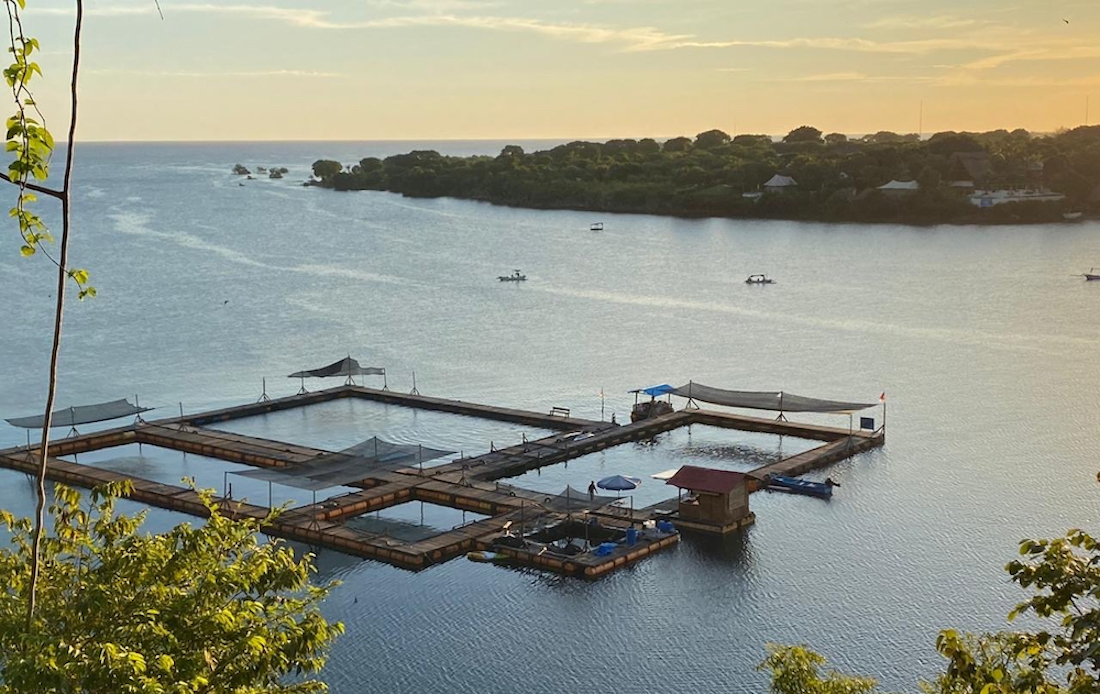
Dolphins not deemed releasable can retire at the sanctuary and live in peace and dignity
In September 2019, Dolphin Project, in conjunction with local partners, the Central Jakarta Forestry Department and the Jakarta Animal Aid Network (JAAN) built the world’s first permanent dolphin sanctuary/retirement center in Banyuwedang Bay, West Bali.
This is a purpose-built facility for recently confiscated dolphins from captive facilities, designed to stabilise the mammals, return them back to health and to assess whether they are suitable candidates for re-adaptation and release into the wild.
For those dolphins deemed suitable, they will be taken to Camp Lumba Lumba, the world’s first permanent facility dedicated to the rehabilitation and release of dolphins in Kemujan, Karimun Jawa and then prepared for return into their home range.
For dolphins not deemed releasable, they can retire at the sanctuary where they can live out their lives in peace and dignity.
Presently the sanctuary has three dolphins in their care: Rocky, Rambo and Johnny. Captured in the Java Sea, the dolphins, for several years, were incarcerated in a shallow, heavily chlorinated swimming pool in North Bali. Since their relocation to the Bali Dolphin Sanctuary, they have begun their rehabilitation and evaluation towards possible release.
The dolphins receive 24/7 round-the-clock care. The sanctuary has a full-time staff veterinarian, security guards and caregivers.
This is a true sanctuary, and the team is committed to making the dolphins’ lives as natural and independent as possible.
In March 2020, Dolphin Project, in anticipation of the arrival of additional confiscated dolphins (due to the COVID-19 pandemic) tripled the size of the facility.
As the world’s first permanent dolphin sanctuary, it’s imperative the Bali Dolphin Sanctuary be a model of success. Ideally, it will act as a prototype for others to be built globally, as demand for captive dolphins wane.
There are many ways to help support the Bali Dolphin Sanctuary, including sharing posts about the Sanctuary, starting a fundraiser through Facebook or Crowdrise, and sponsoring a rescued dolphin by clicking here.
Follow Rick O’Barry’s Dolphin Project website, Facebook, Instagram, and Vimeo.
Source: TheDolphinProject.com
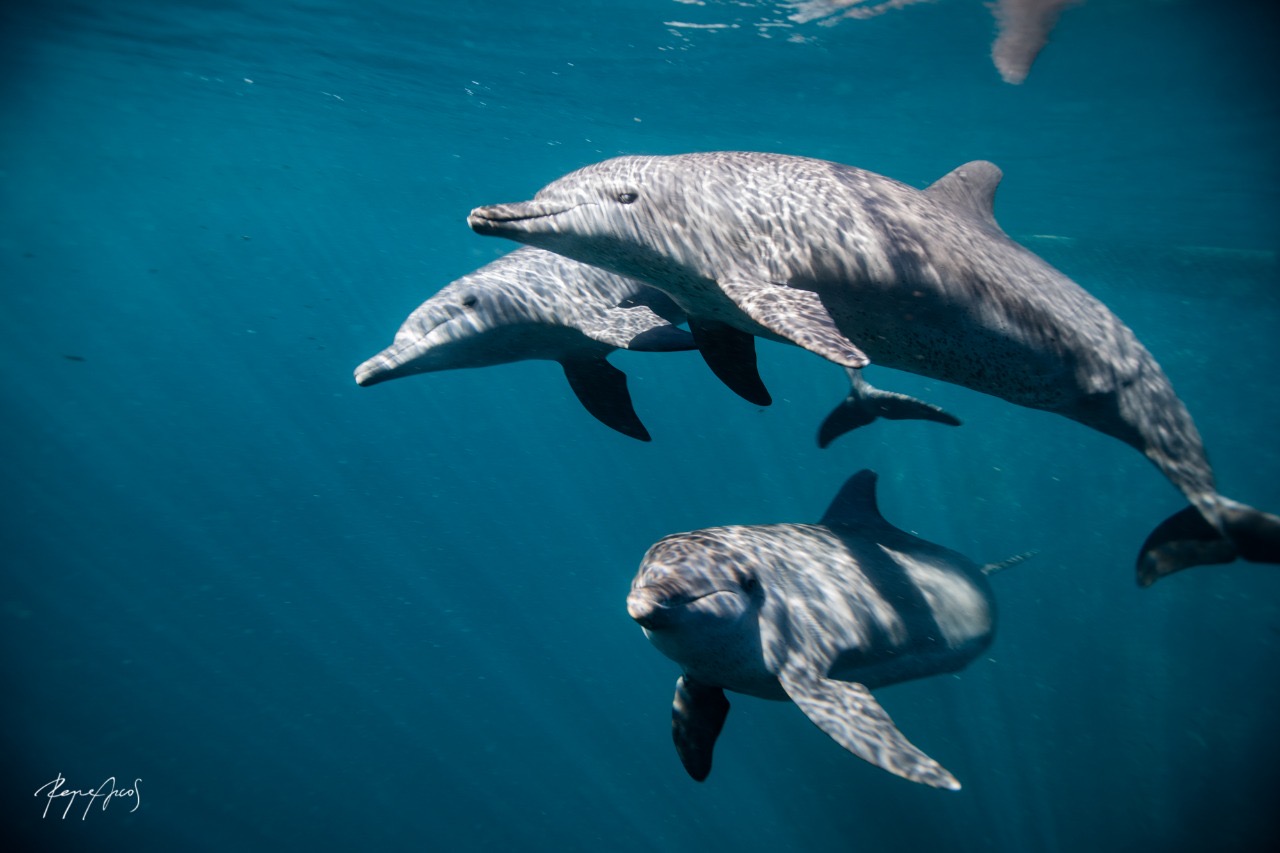
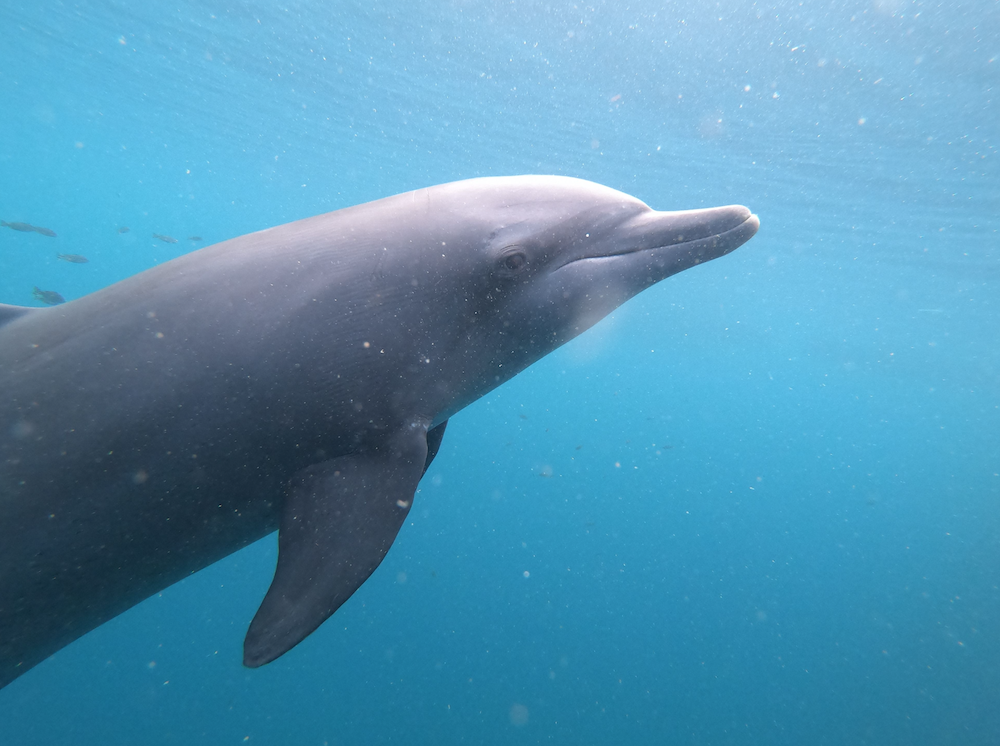
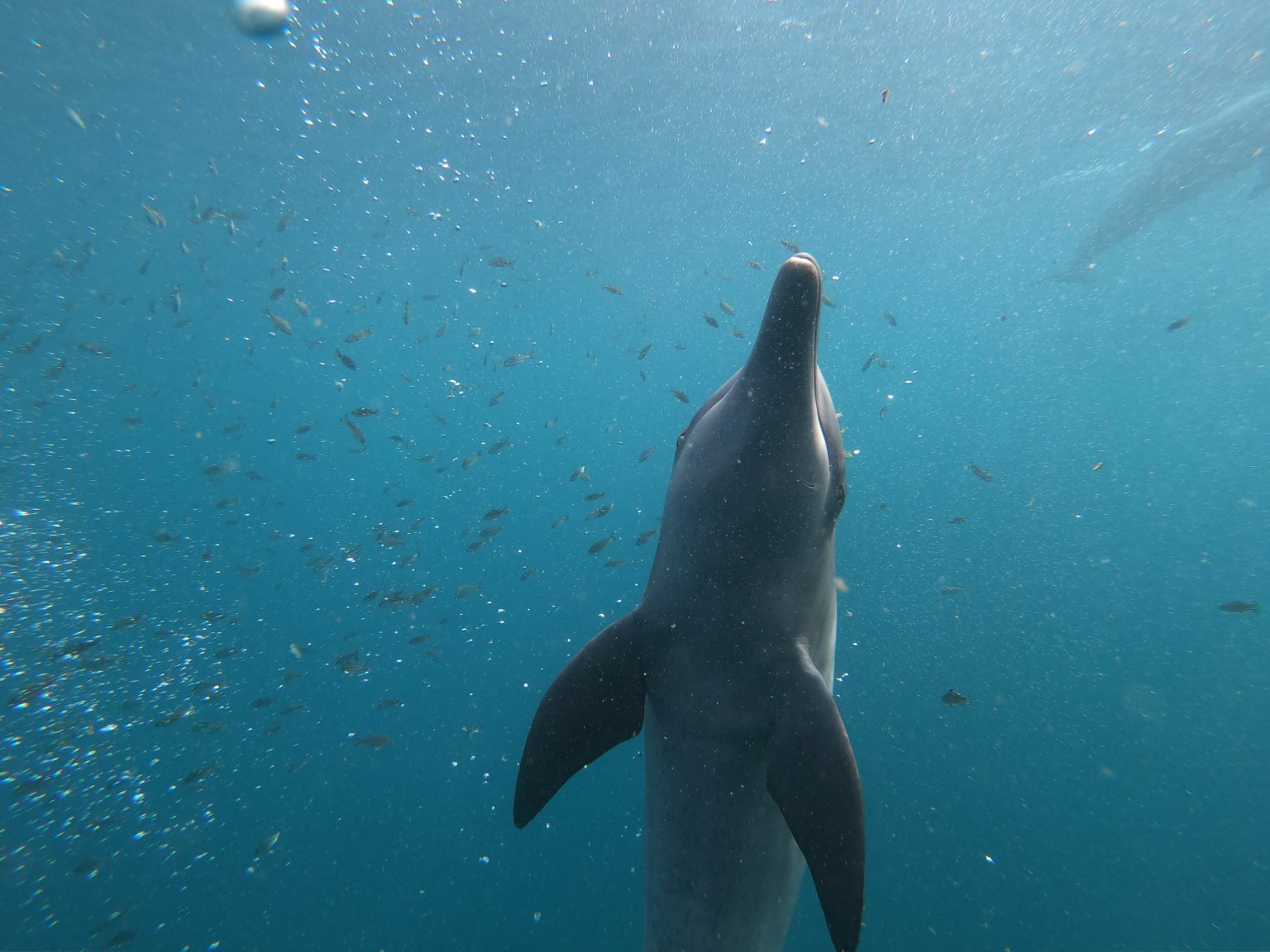
Rocky’s story
When Rocky was violently captured in the Java Sea several years ago, he lost everything that makes life worth living for a dolphin: his family, his world of sound, and the ability to swim freely in a vast ocean world.
Rocky spent several years incarcerated in a shallow, heavily chlorinated swimming pool at the Melka Excelsior Hotel in North Bali. He was trained to obey commands and perform in theatrical shows that attract crowds of fun-seeking holiday makers.
In between repetitive, rowdy shows, Rocky spent much time logging on the surface since there was nothing else for him to do. There is nothing to explore in a concrete tank, and Rocky could swim only a few feet before a wall stopped him. Confinement in such barren, unnatural surroundings took a heavy toll on Rocky’s well-being, and his future looked bleak and hopeless.
Thankfully, The Dolphin Project was able to rescue Rocky on 5 August, 2019, on the same day they rescued Rambo, and transported him to a temporary floating sea enclosure in Sanur. In December 2019 Rocky was transported from Sanur to their Dolphin Sanctuary in Banyuwedang Bay, West Bali. Here, in the crystal-clear water of a spacious sea pen, he can once again enjoy the natural rhythms and sounds of the sea.
Rocky is benefitting from the healing properties of natural sea water and is gaining weight and strength. As such, he is a candidate to be sent to Camp Lumba Lumba, their dolphin rehabilitation center in Kemujan, Karimun Jawa for release into his home range.
Rocky loves to participate in boisterous, energetic play, and he especially loves to swim fast. He will never again have to perform tricks for food or experience confinement in a minuscule concrete tank. Whether Rocky can be released back into the wild, however, remains to be seen.
Source: DolphinProject
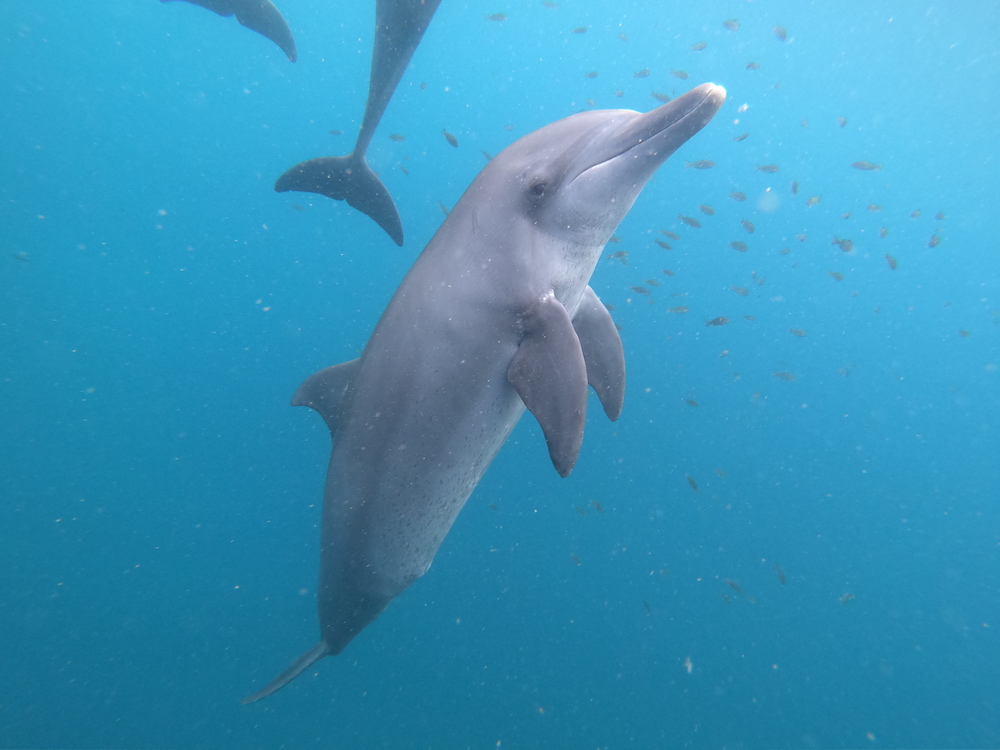
Johnny’s story
Captured in the Java Sea, Indonesia, Johnny is an older dolphin who lived several years in isolation inside a shallow swimming pool at the Melka Excelsior Hotel in North Bali. Crowds of people bought tickets to swim with him, and those were the only times he had any company.
To make the water appear clean to paying customers, hotel staff added chlorine and other harmful chemicals. This hurt Johnny’s eyes so badly, he went blind. To make matters worse, Johnny has no teeth left. He also was critically underweight when The Dolphin Project first found him.
Furthermore, his right pectoral fin has been permanently damaged. At some point during his confinement, his pectoral fin got injured and infected. A piece of it was cut off to prevent the infection from spreading. Johnny was destined to spend the rest of his life trapped in the tank and dealing with tourists who want to kiss, hug, and ride him.
The Dolphin Project rescued Johnny from the hotel and transported him to their Dolphin Sanctuary in Banyuwedang Bay in West Bali on October 8, 2019.
Those years of exploitation in appalling living conditions caused too much damage for Johnny to be successfully released back into the wild. He now enjoys a well-deserved retirement in a large sea pen, where he can once again experience the natural rhythms and sounds of the sea.
They are feeding Johnny a diet of high-quality fresh fish, and he is gaining weight and strength. The healing properties of real ocean water are having an effect: Johnny often expresses his joy with energetic jumps, and he spends much time swimming, diving, and playing with his friend Dewa. The sanctuary say they will do everything in their power to ensure the rest of his life is filled with peace and dignity.
Source: DolphinProject
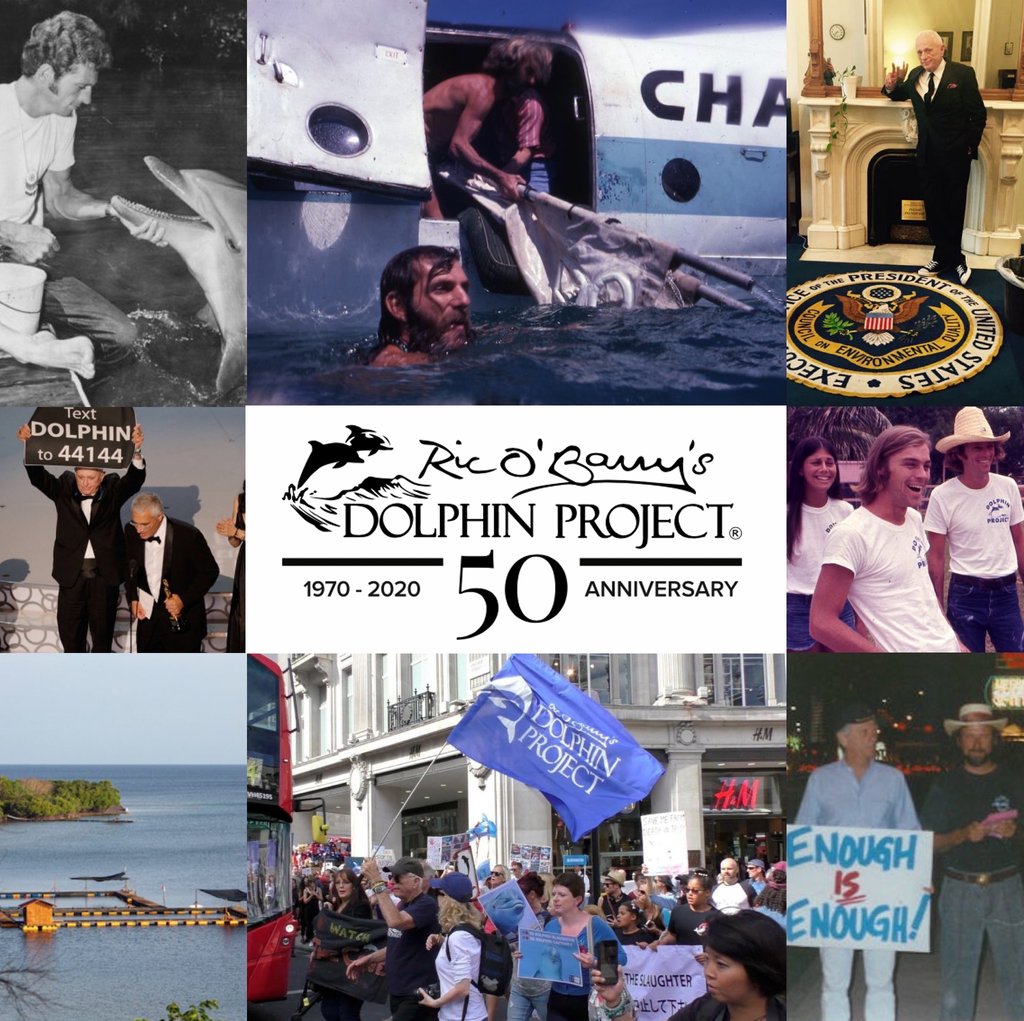
DONATE TO THE BALI DOLPHIN SANCTUARY
Make a Gift of Regular Support Help ensure that our rescued dolphins will live the rest of their lives in safety and dignity by becoming a recurring donor today!